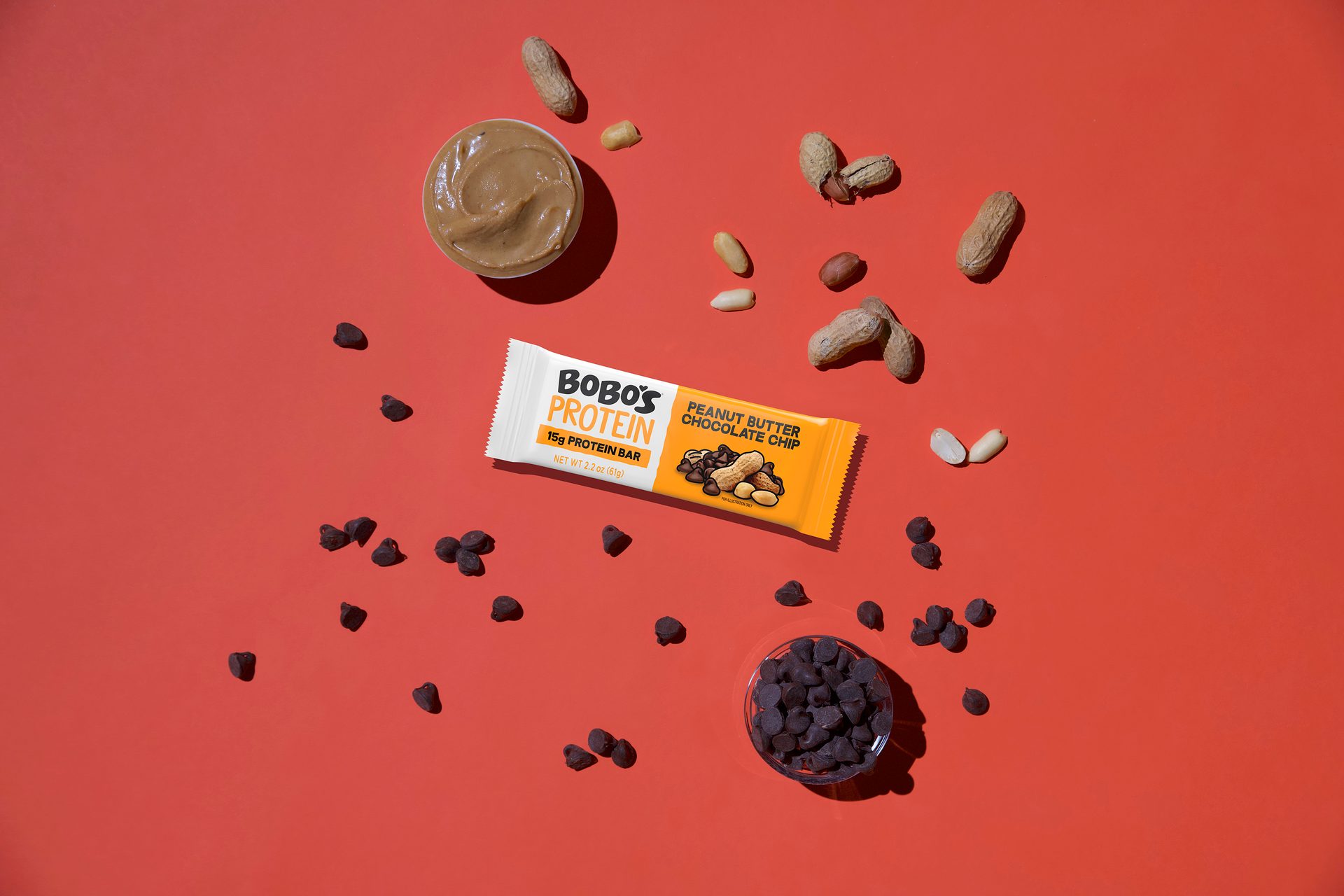The BOTTOM LINE
- Sales in the category have been up and down
- Hispanic baked goods have performed relatively well
- Inflation and materials costs continue to challenge producers
Sugar rush
Despite ongoing challenges, sweet goods producers have reasons to feel optimistic about the coming months.
Alex Zavistovich, Contributing Writer
It has been a wild ride for bakery producers, and operators in the sweet goods category are no exception. Supply chain challenges and the cost of raw materials like eggs created ripples across the sweet goods category from last year through the first quarter of 2025. Still, with current and future challenges to deal with, companies largely report they are managing to hold a rosy outlook about the road ahead.
SWEET GOODS
STATE of the INDUSTRY

SPONSORED BY
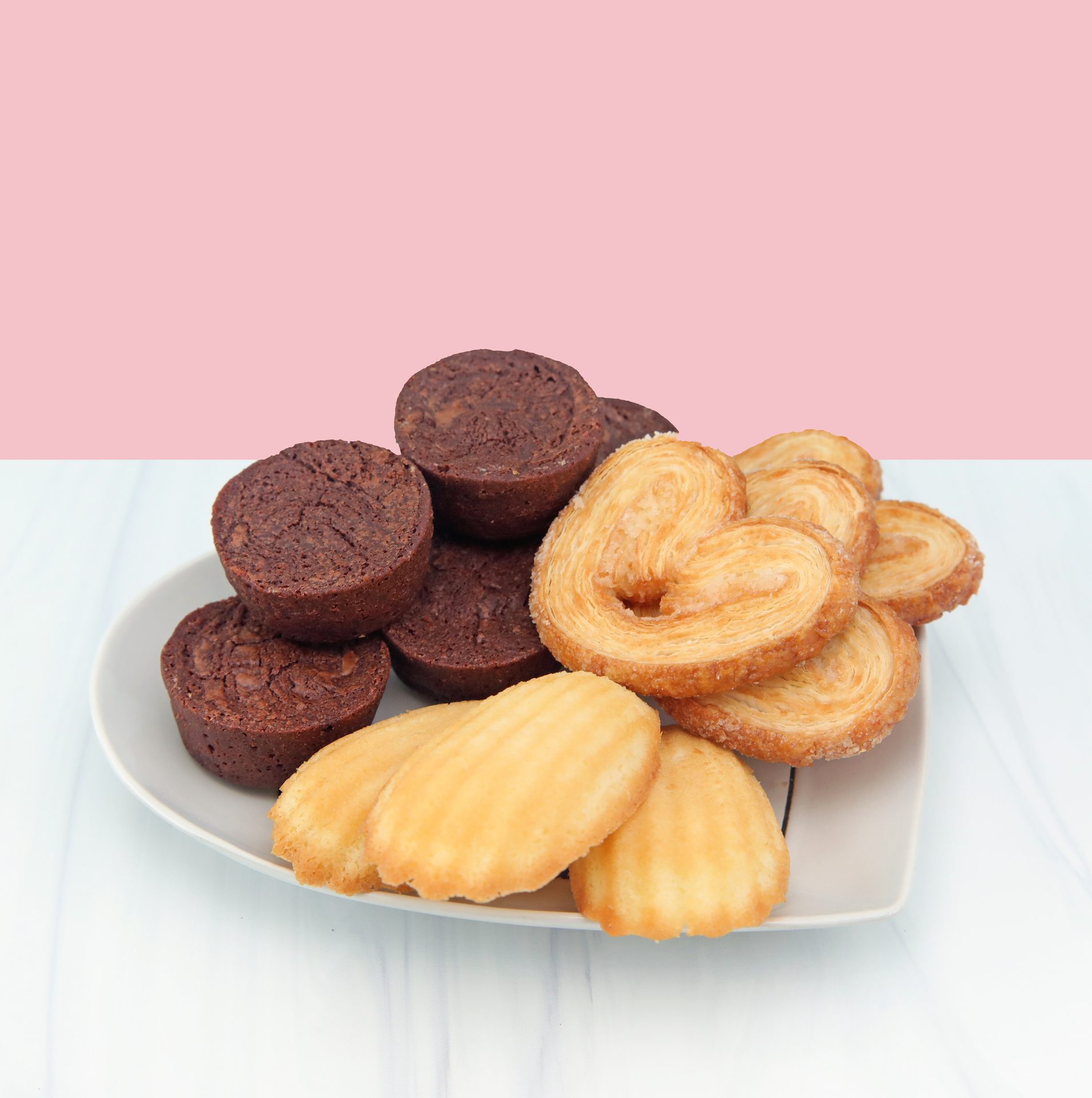
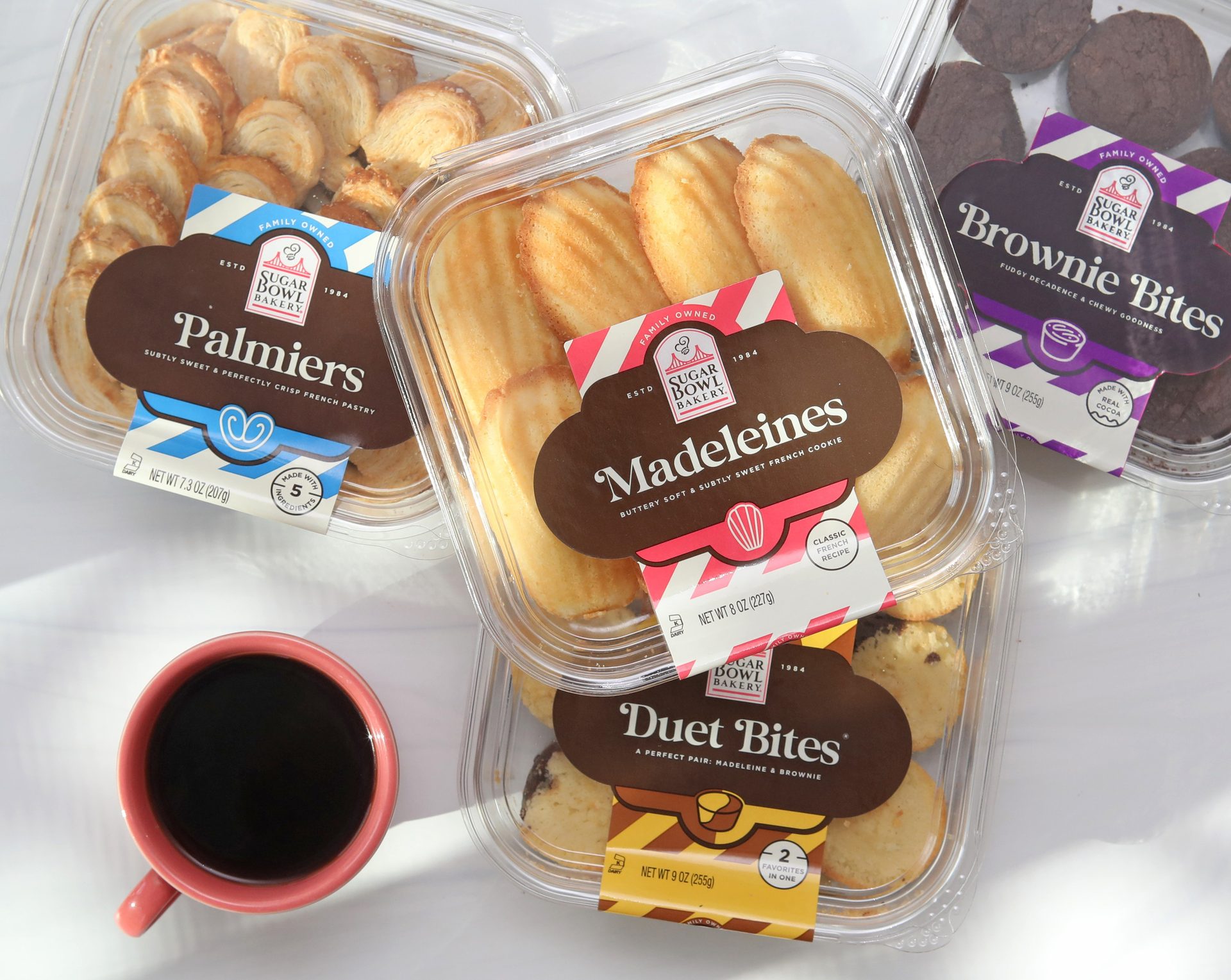
Courtesy of Sugar Bowl Bakery
As reflected in the market data for the category, sales swung broadly across some subcategories, leading many companies to buckle down and focus on solid business discipline, while also broadening their product lines through acquisition and new product offerings. The industry seems well-equipped, and even optimistic, that it can weather whatever uncertain economic conditions 2025 might have in store.
Overall, the bakery market is expected to grow solidly through the next four years, as consumers continue to see sweet goods (doughnuts, muffins, pastries, Danish, and more) as an affordable way to tame their sugar cravings. Some industry observers believe a growing trend in the industry will be a focus on more healthy versions of their favorite treats, a way for Gen Z and Millennial consumers to have their cake and eat it, too.
Market data
Market watchers largely foresee notable growth in food (including in bakery categories) over the next several years. Despite such predictions, it’s been a rise-and-fall scenario in the sweet goods segment this past year, depending on where in the store one might have been looking.
For example, center-store doughnuts grew 4.2%, resulting in $1.9 billion in dollar sales, based on the latest 52-week period ending March 23, 2025, from Circana (Circana OmniMarket Integrated Fresh).
Interestingly, though, many product categories saw drops in center-store dollar sales over last year. Performance of center store full-size doughnuts and mini-doughnuts declined—center-store doughnut hole sales fell by 13.8% in dollar sales and dropped 19% in unit sales.
Specialty doughnut sales fell precipitously at center store, dropping by nearly 85% in dollar sales and 82% in unit sales. Perimeter sales, however, saw increases of 22% in dollar sales ($26.6 million) and 21.4% in unit sales to $6 million.

HOVER OVER CHART TO SCROLL DOWN
Source: Circana OmniMarket™ Total Store View | Geography : Total US - Multi Outlet w/ C-Store (Grocery, Drug, Mass Market, Convenience, Military and Select Club & Dollar Retailers) | Time : Latest 52 Weeks Ending 03-23-25
There were, of course, some notable exceptions in the otherwise erratic pace of the sweet goods category, particularly in the area of perimeter sales. Perimeter strudel grew 25.7% to $83.5 million, and perimeter pastry, Danish and coffee cake trays saw an eye-popping 57% increase over last year to $103.5 million (and a 43.7% increase in unit sales). Perimeter assorted and multi-pack pastry, Danish and coffee cake, however, saw a dropoff in dollar sales by 22.9% over last year, and a 17.4% tumble in unit sales.
Last year’s big winners, Hispanic pastries (which grew both dollar and unit sales both at center of the store and in the perimeter) have continued to perform well over the past year. Center store Hispanic pastry dollar sales grew by 7.4% over last year, along with a 5.2% growth in unit sales. The products performed less well in the perimeter, however, seeing a 2.8% decrease in dollar sales and roughly flat performance in unit sales over last year.
There were some decided bright spots among top performers across the category. Legendary Foods saw a legendary jump in its center store sweet roll performance, with a whopping 185% in dollar sales to $10.8 million. J.M. Smucker (parent company of Hostess) saw a 102% increase in perimeter coffee/crumb cakes to $5.6 million.
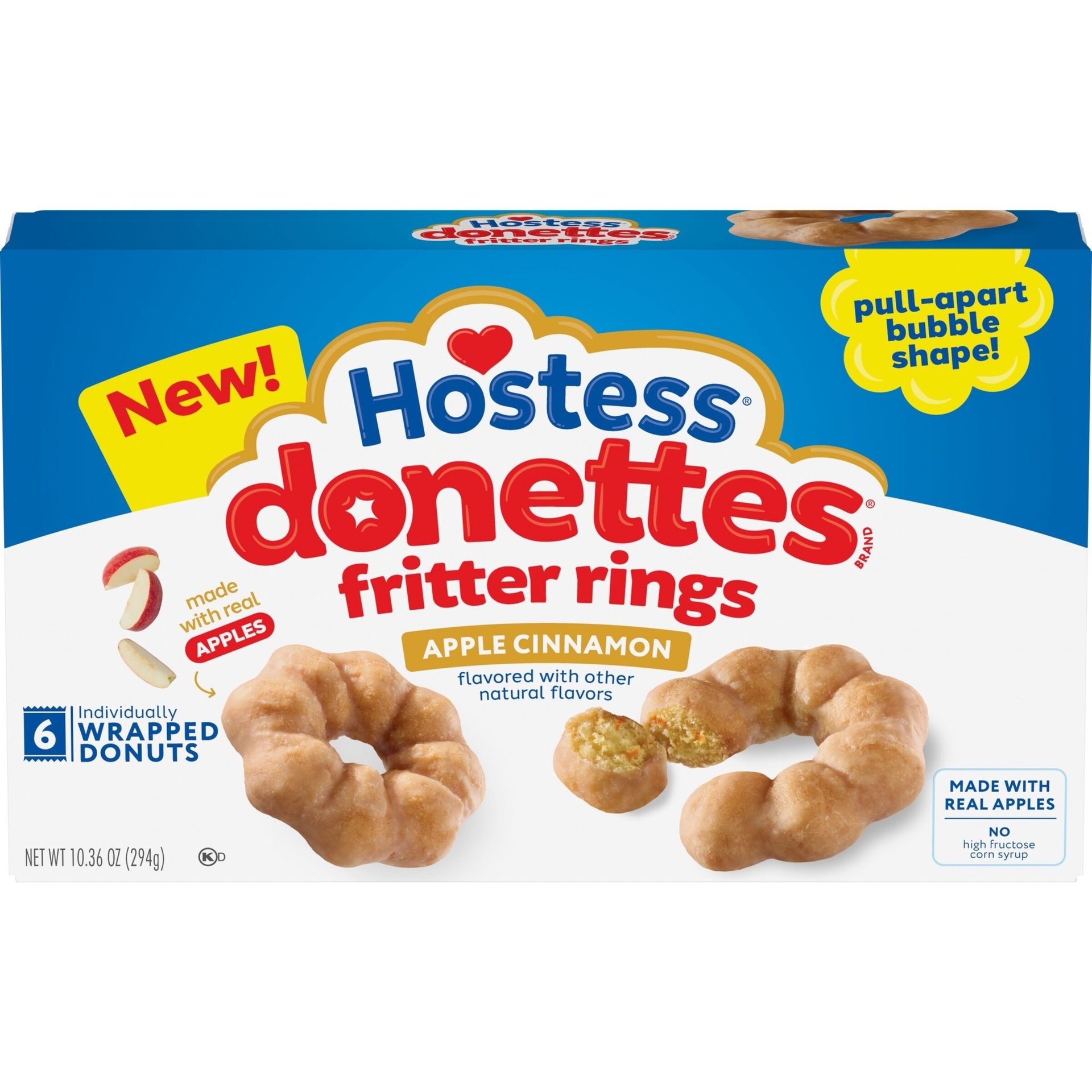
Courtesy of JM Smucker
Grupo Bimbo saw a 26.7% increase in center store doughnut hole sales, boosting revenues by nearly $6 million. The company also enjoyed a 54.6% increase in center store full size muffin sales to $71.7 million.
Looking back
There’s little doubt that shifting economic tides led some companies to fall a bit below in their expectations over the past year. Many consider it to have been a rebuilding year, with new strategies preparing them for solid growth to come.
Kevin Ly, continuous improvement director of research development at Sugar Bowl Bakery, explained that “in the past12 months, I have seen the bakery industry experience a mix of rising ingredient costs, which pressure margins, especially for smaller, independent bakeries with less buying power.”
Ly adds that most companies have been in the same boat with inflation, egg prices, and other woes plaguing their operations.
“The challenges have been higher input costs, supply chain, evolving consumer demands and more competition on sustainability and health. If we focus and invest in people, product, innovation and process, we can weather most storms in the future. Consumers are more cautious about justifying spending on premium products, while value offerings have become more critical,” Ly adds. “The bakery category has stagnated in the past few years with minimal innovation. This would be an excellent opportunity for manufacturers to focus on efficiency and look for the next innovation that will be of value to consumers.”
Another company acknowledging sales challenges because of the rocky economic environment is Flowers Foods. The company (which offers products in several bakery categories) saw $3.3 billion in branded retail sales in 2024, according to a financial presentation at the Raymond James 46th annual investor conference.
“Flowers’ strong execution of our portfolio strategy and cost savings initiatives drove fourth quarter and full year 2024 adjusted EPS growth in a difficult economic environment,” according to Ryals McMullian, chairman and CEO of Flowers Foods. “Investments in innovation and in-store operations enabled a solid market share performance from our leading brands, despite sales results that fell short of expectations. Furthermore, margins benefited from improved pricing and the addition of profitable new accounts in our away-from-home business, combined with a positive mix shift toward higher-margin products within branded retail.”
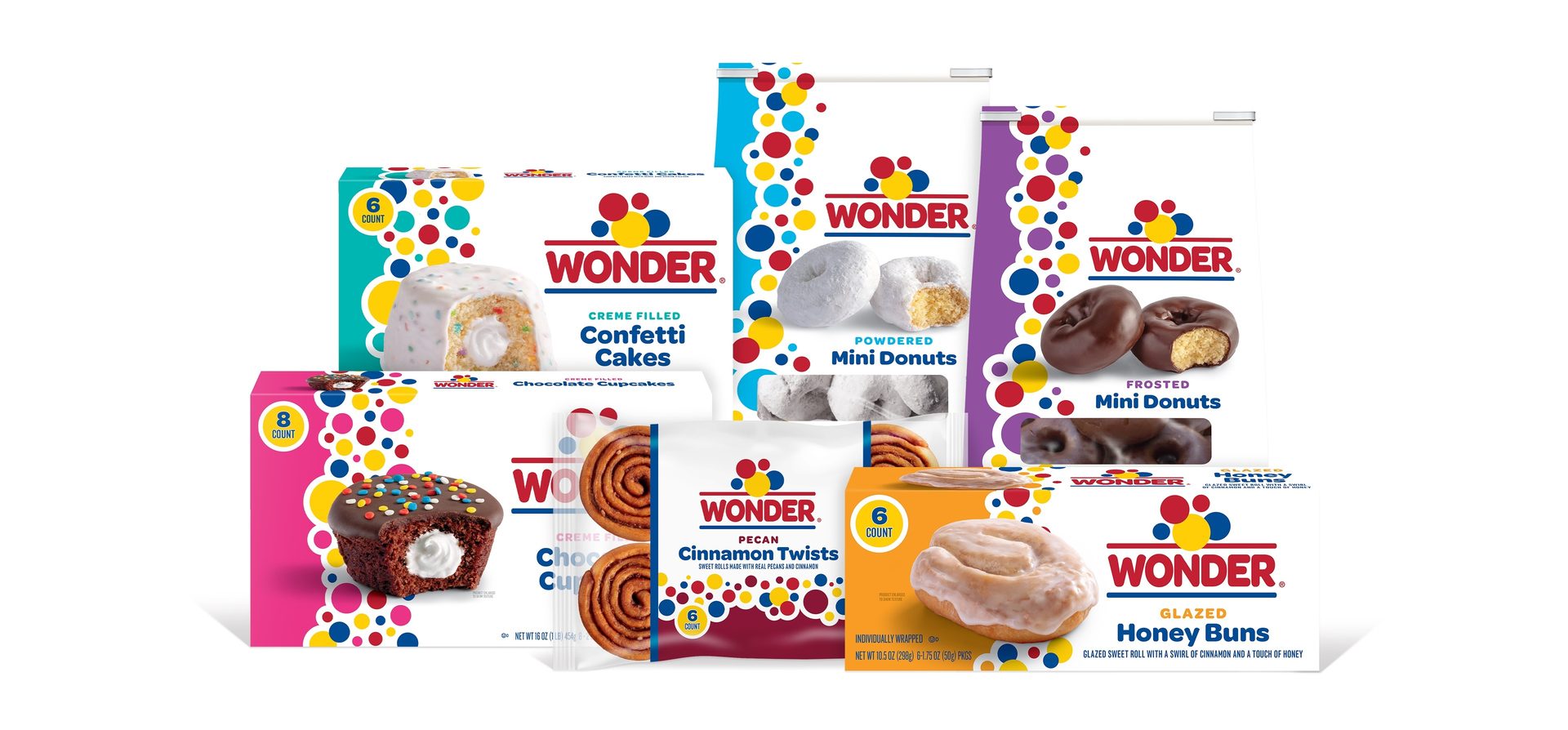
Courtesy of Flowers Foods
Not everyone had a negative perception of performance across the industry, though. Bill Heiler, senior customer marketing manager for Rich Products, holds a somewhat rosier perception.
“The past 12 months have been a period of growth for fresh bakery. The overall category saw modest increases in both dollar sales and unit volume,” he maintains.
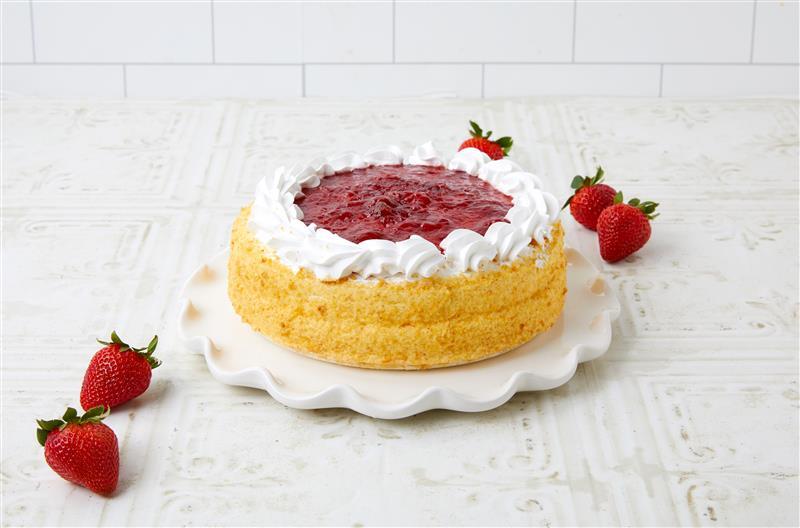
Courtesy of Rich Products
Still, Heiler concedes, “There have been setbacks for more discretionary categories like cakes, cupcakes and cheesecakes. The University of Michigan's Consumer Confidence Index began to fall with rising economic uncertainty in December. That trend correlates with softening dessert demand in the first quarter of 2025.
Looking ahead
Softening demand notwithstanding, the market seems ripe and ready for product innovations to boost revenues in 2025. For some that might mean fresh new products for familiar faces, or meeting consumer demand for sweet goods that break the mold of conventional baked dessert products.
Sweet goods producers are looking to offer consumers fresh options, in different ways. In January, Flowers announced its acquisition of Simple Mills for $795 million. In its announcement, Flowers noted that the Simple Mills purchase, “expands Flowers’ exposure to better-for-you and attractive snacking segments and enhances the company’s growth and margin prospects.”
Flowers Foods also ventured into new territory—for example, its Wonder bread brand extended into sweet goods territory with the March launch of a line of snack cakes, cupcakes, and other treats.
“The world of food is constantly evolving, and we are focused on keeping the consumer at the heart of everything we do,” observes Mark Courtney, chief brand officer, Flowers Foods. “Our latest innovation further expands our branded portfolio to meet the needs of consumers seeking differentiated, better-for-you products, as well as those shopping with value in mind.”
It’s no surprise that the global economic forecast is, for now, somewhat unpredictable. Most of the companies contacted for this wrapup, however, remain bullish on the prospects for sweet goods in 2025.
Flowers CEO McMullian, in his Raymond James presentation, said, “We expect continued strong execution as we navigate a difficult economic environment in 2025. First-half results are expected to benefit from the carryover of new business wins and savings and pricing initiatives, as well as moderating commodity costs,” he noted. “Our outlook for the back half incorporates the lapping of those benefits, commodity cost headwinds, and continued challenging category trends.”
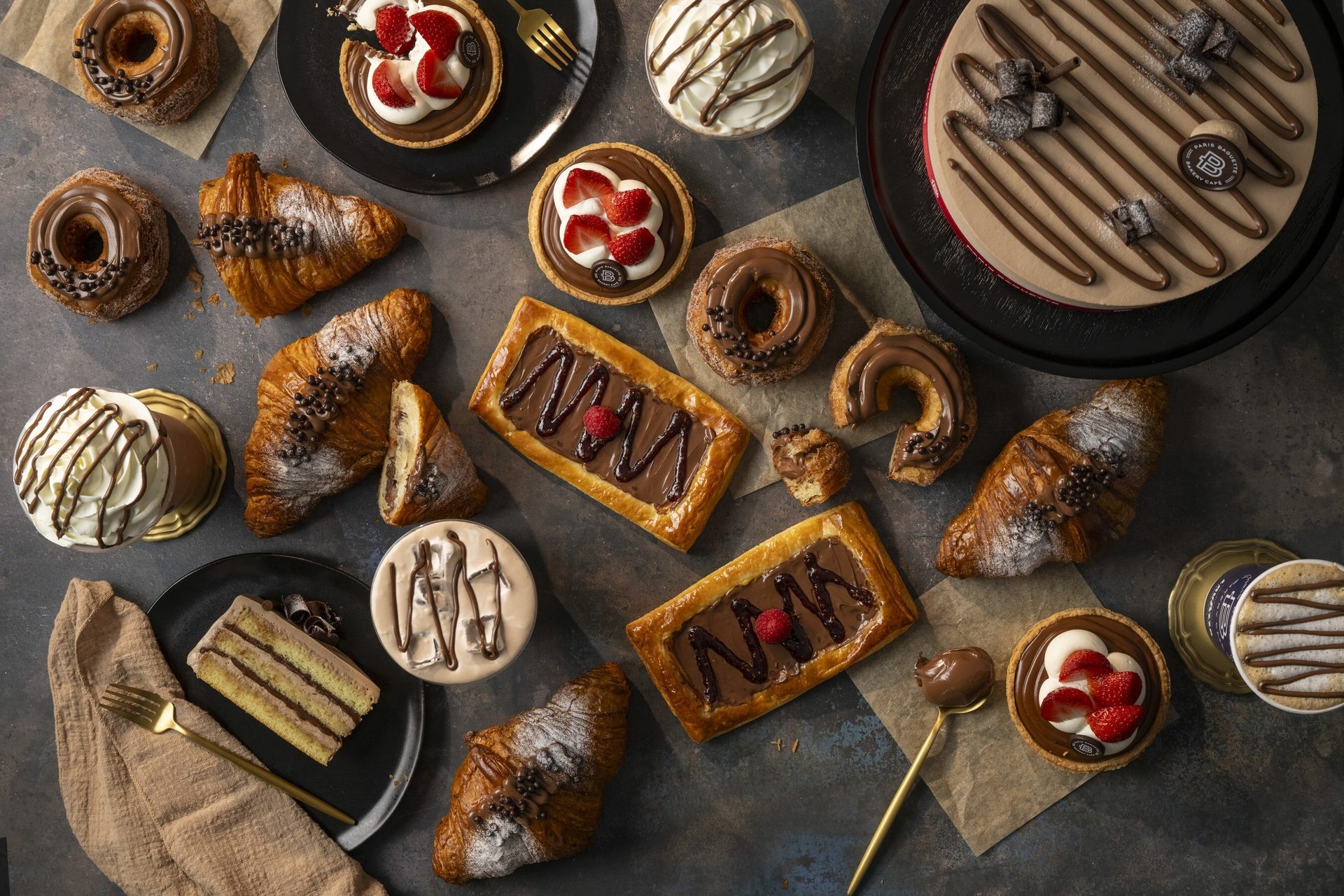
Courtesy of Paris Baguette
“Consumers are seeking authenticity and transparency from brands more than ever.”
— Ayeshah Abuelhiga, founder, Mason Dixie Foods




